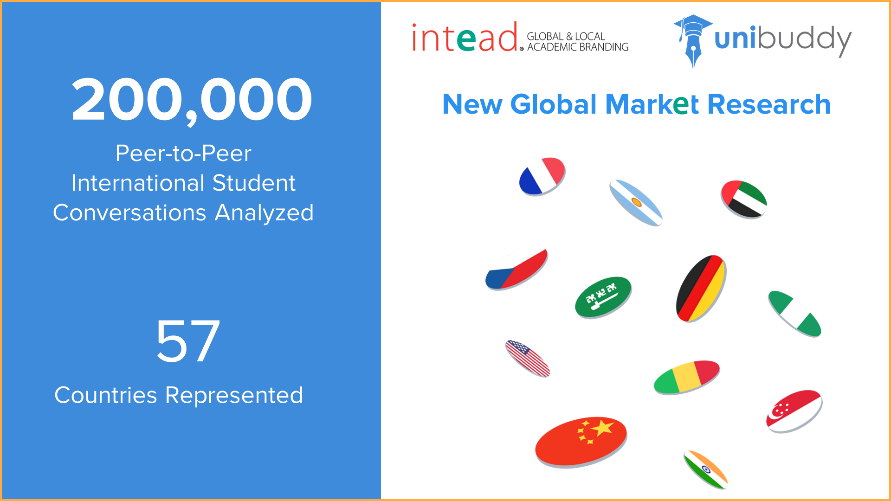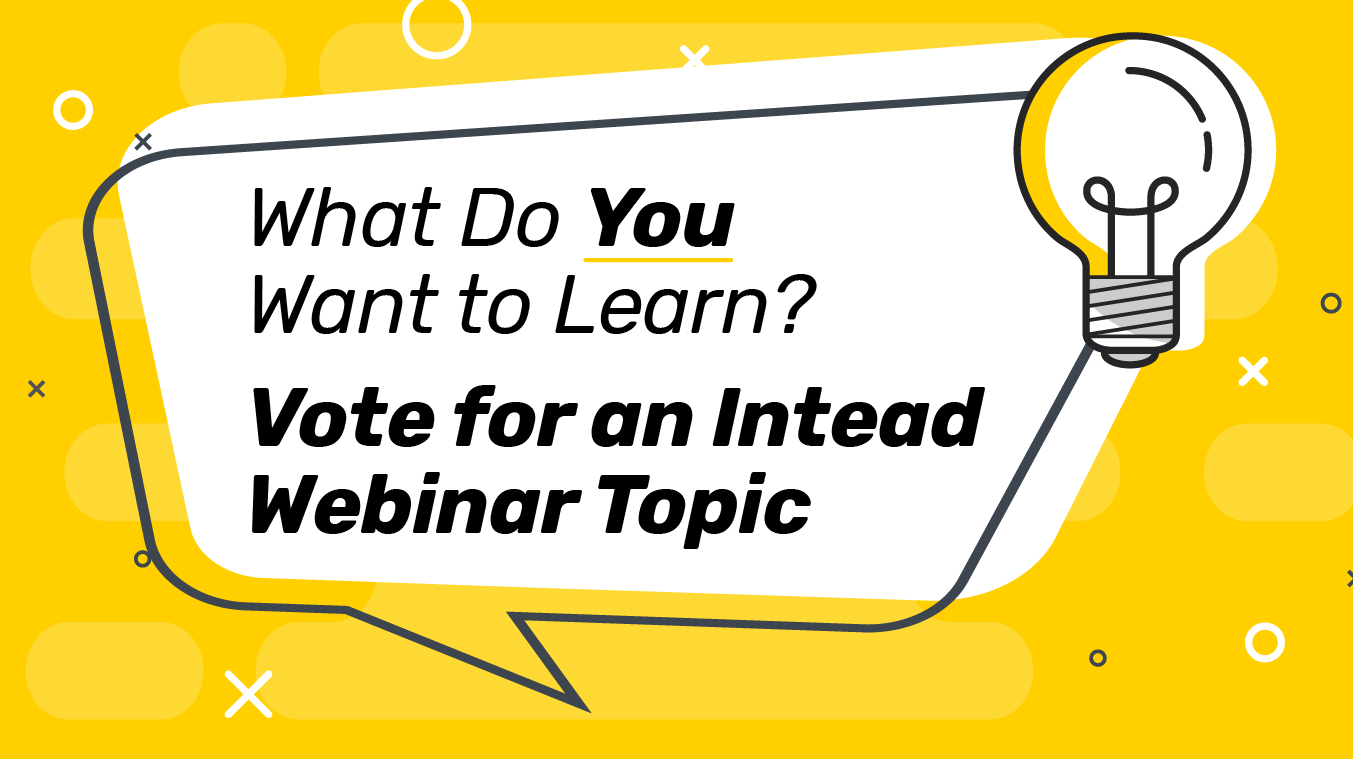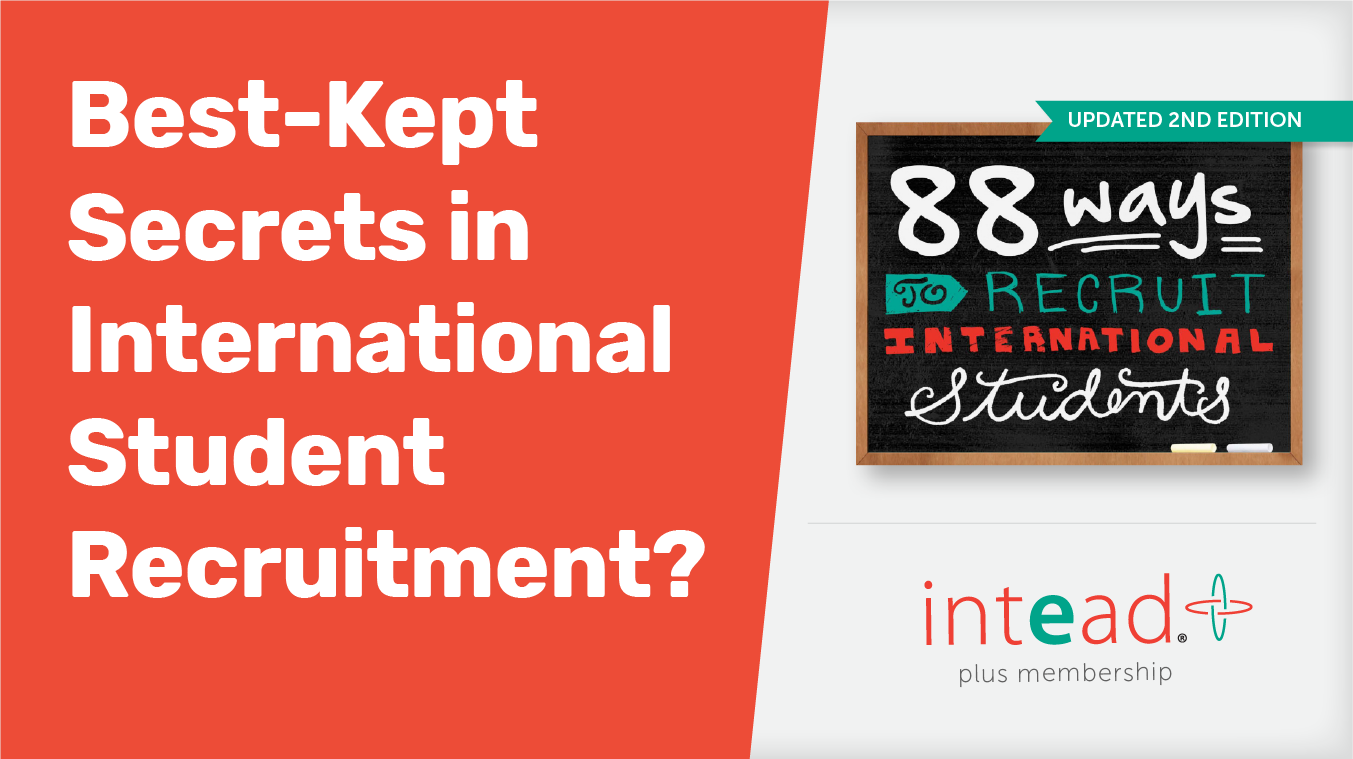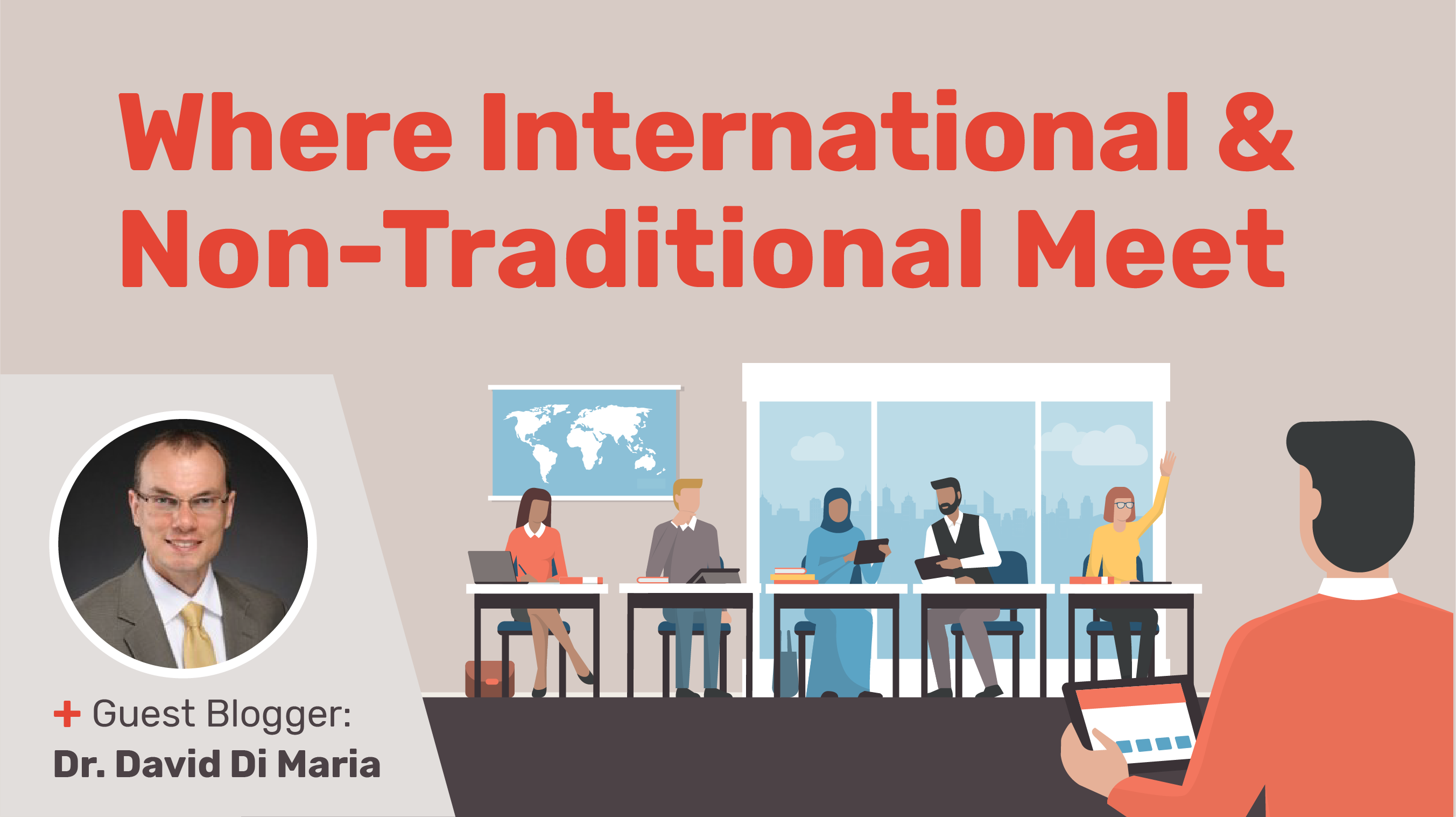Despite the dire headlines throughout the academic industry addressing the "looming crisis" and the excellent research on the topic from so many great sources (thank you Chronicle of Higher Ed), the availability of college-ready students is growing at a rapid pace.
How could we say such a thing!!??!?
Everyone knows the pool of high school students is going to fall off a cliff after 2024-2025, right? The demographic trends lines have shown this for years!!! The big academic marketing and analytics firms (you know who we are talking about) are pushing their predictive analytics services as your holy grail and so many institutions are buying into it.
Not so fast! Please, not so fast.
Welcome to our three-part series on Non-Traditional Student Recruitment. You will want to share this one with some key colleagues at your institution. There’s a theme to this series: Be Nimble!
Research and analytics must lead to action and results. And 36 million potential students could be evaluating your institution right now. Do you have the right advisers and team to help you be nimble and capitalize on the opportunity?
A recent comment from a highly experienced senior procurement officer regarding her institution’s contract with Intead, “There is no other company that could do this project for us.”
Listen to the Voice of the Customer
A time of change does require expenditure. Knowing where and how to spend is the key. The big question: Will the board-level advice you are paying for pay off for you?
Answer the bigger question that is actually going to improve your enrollment numbers. It is a question that your audience (students) are asking and you need to be able to answer:
“I want to move from here to there. Have others like me been able to do that?”
Read on for the clear direction for enrollment growth. It is not simple, but it is the future…
Read More







